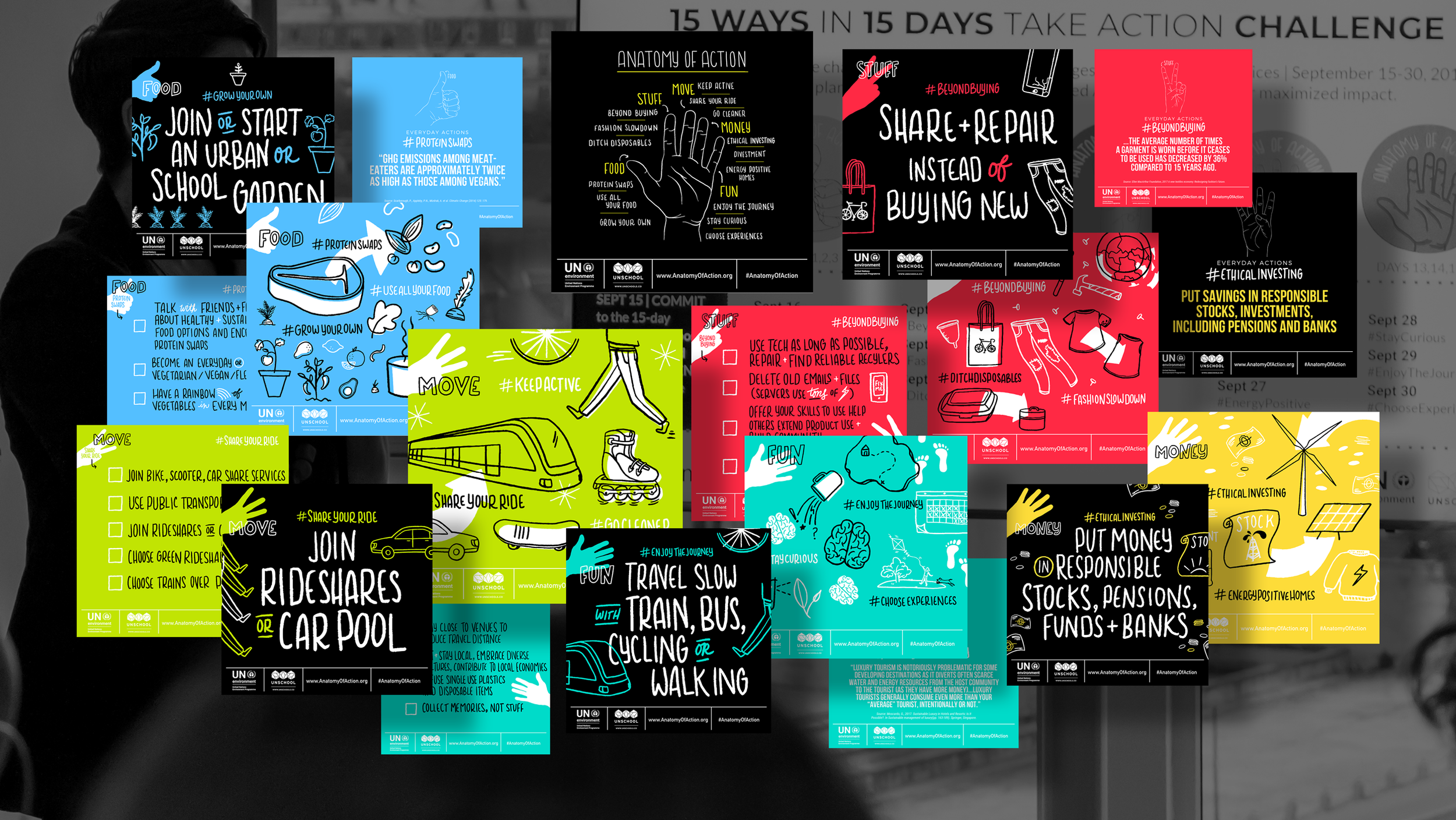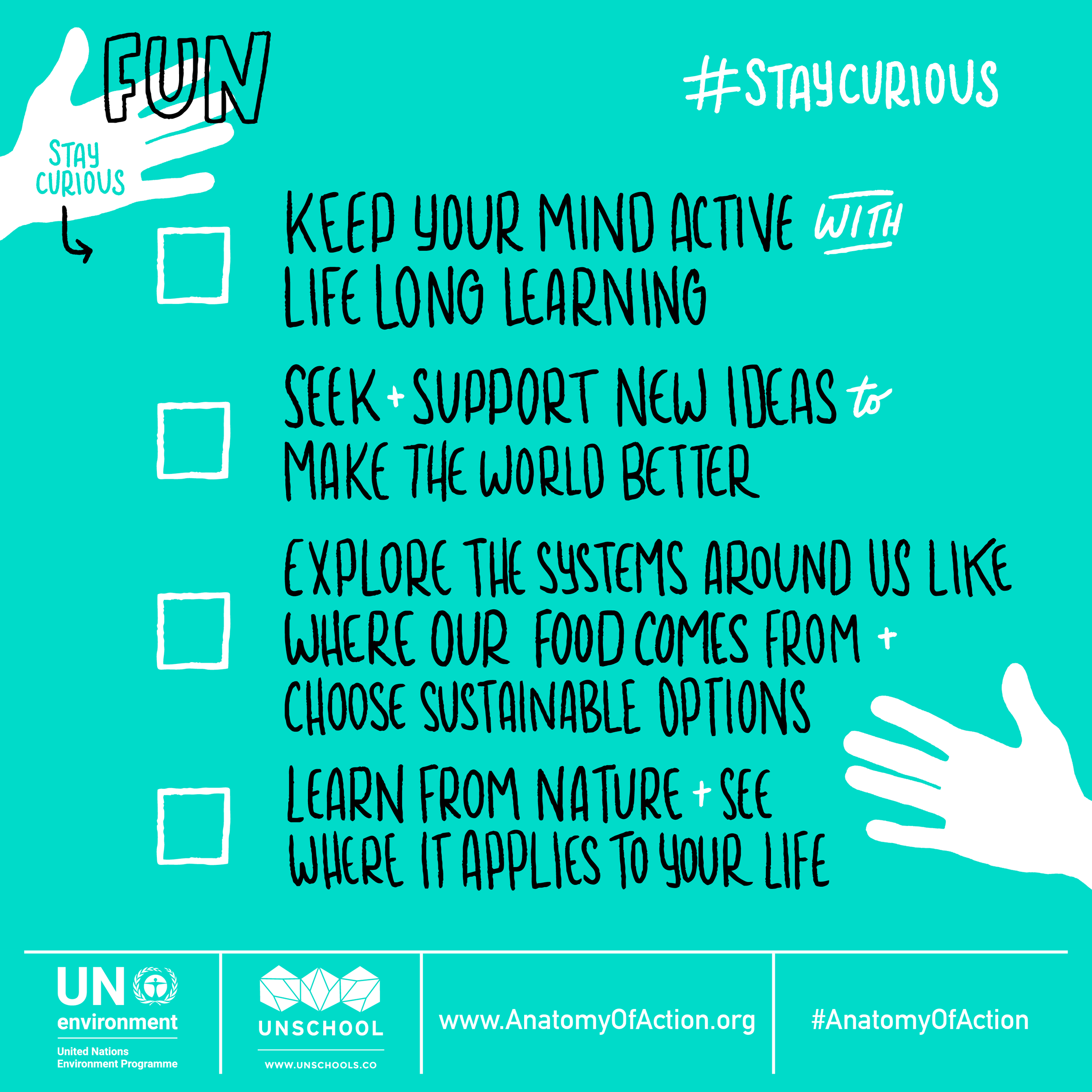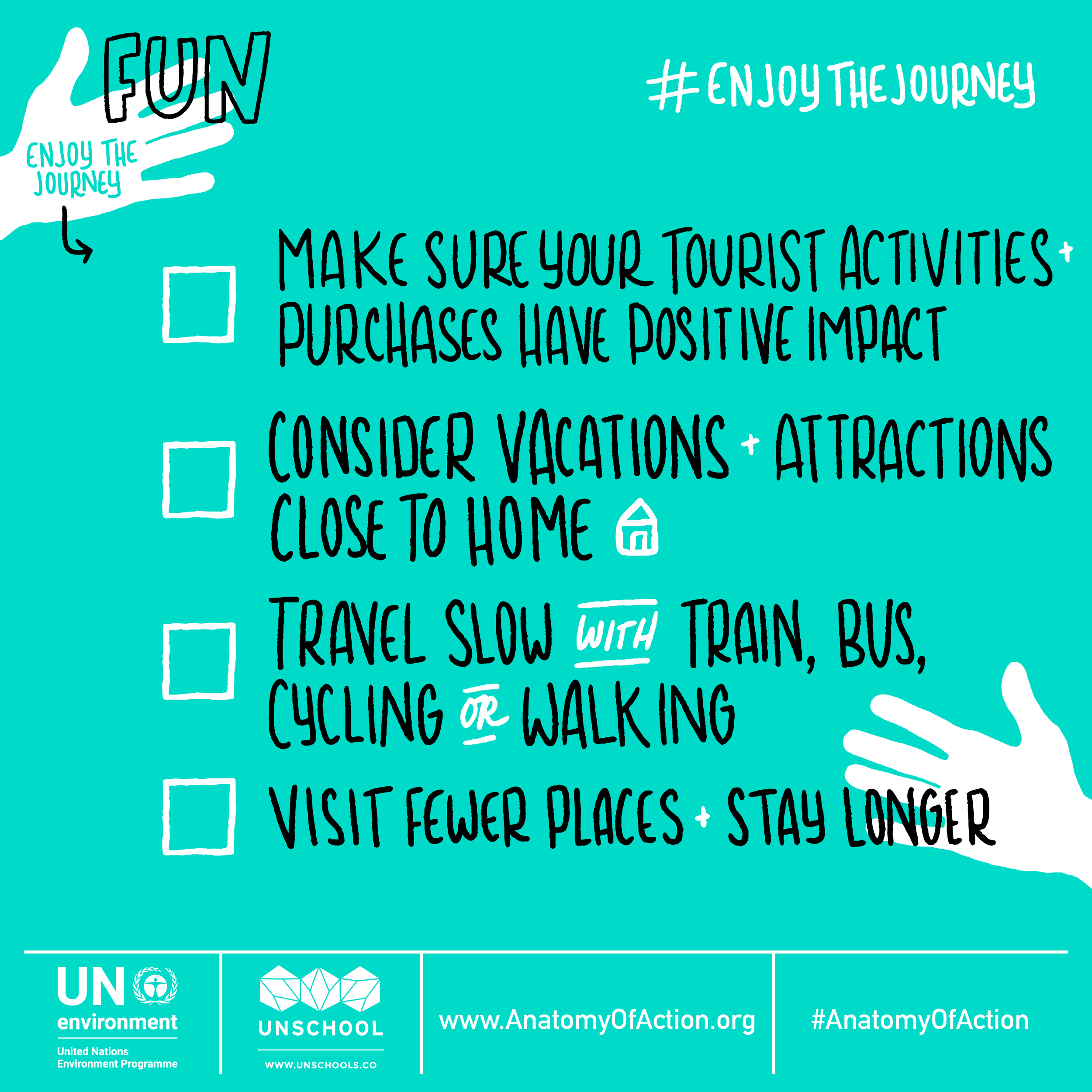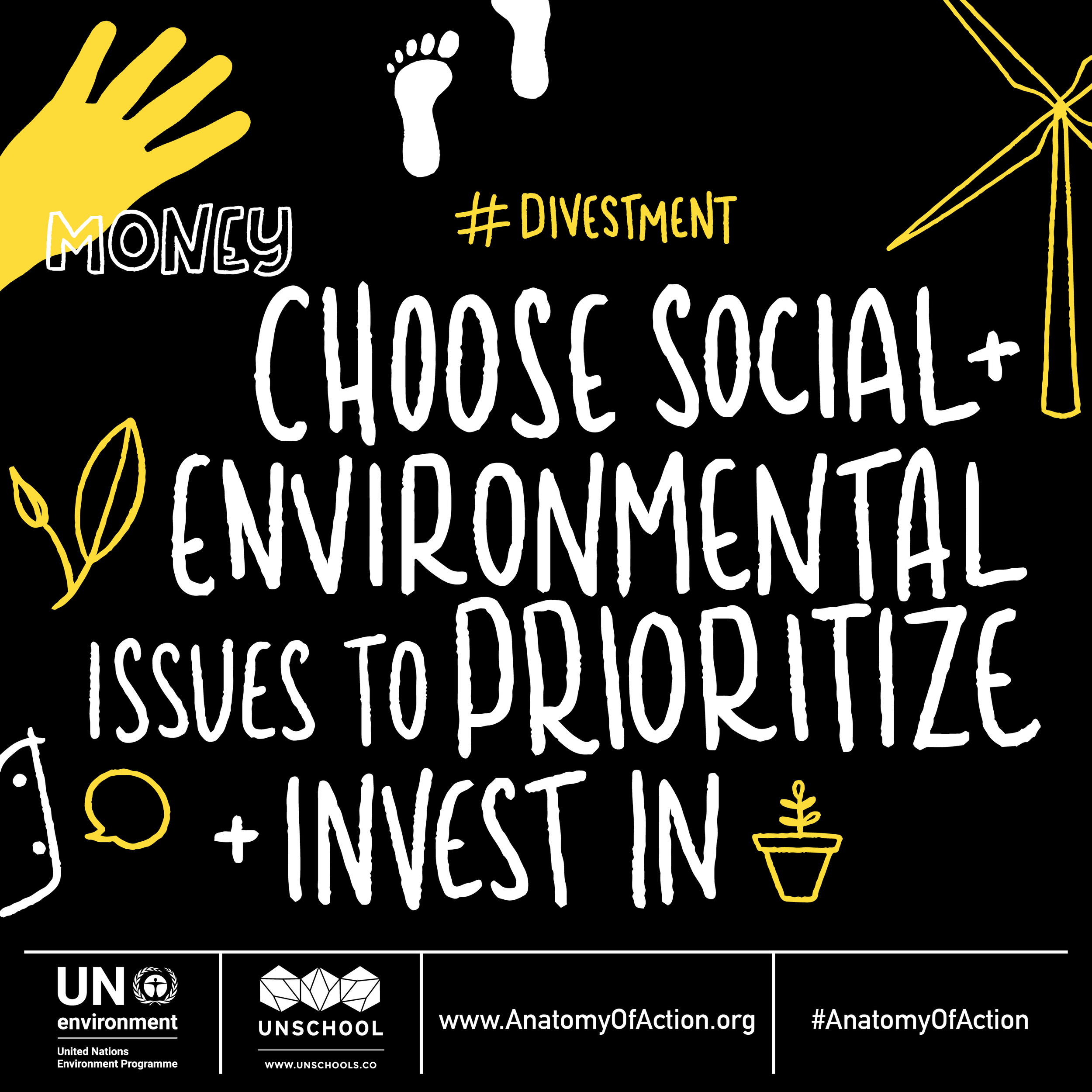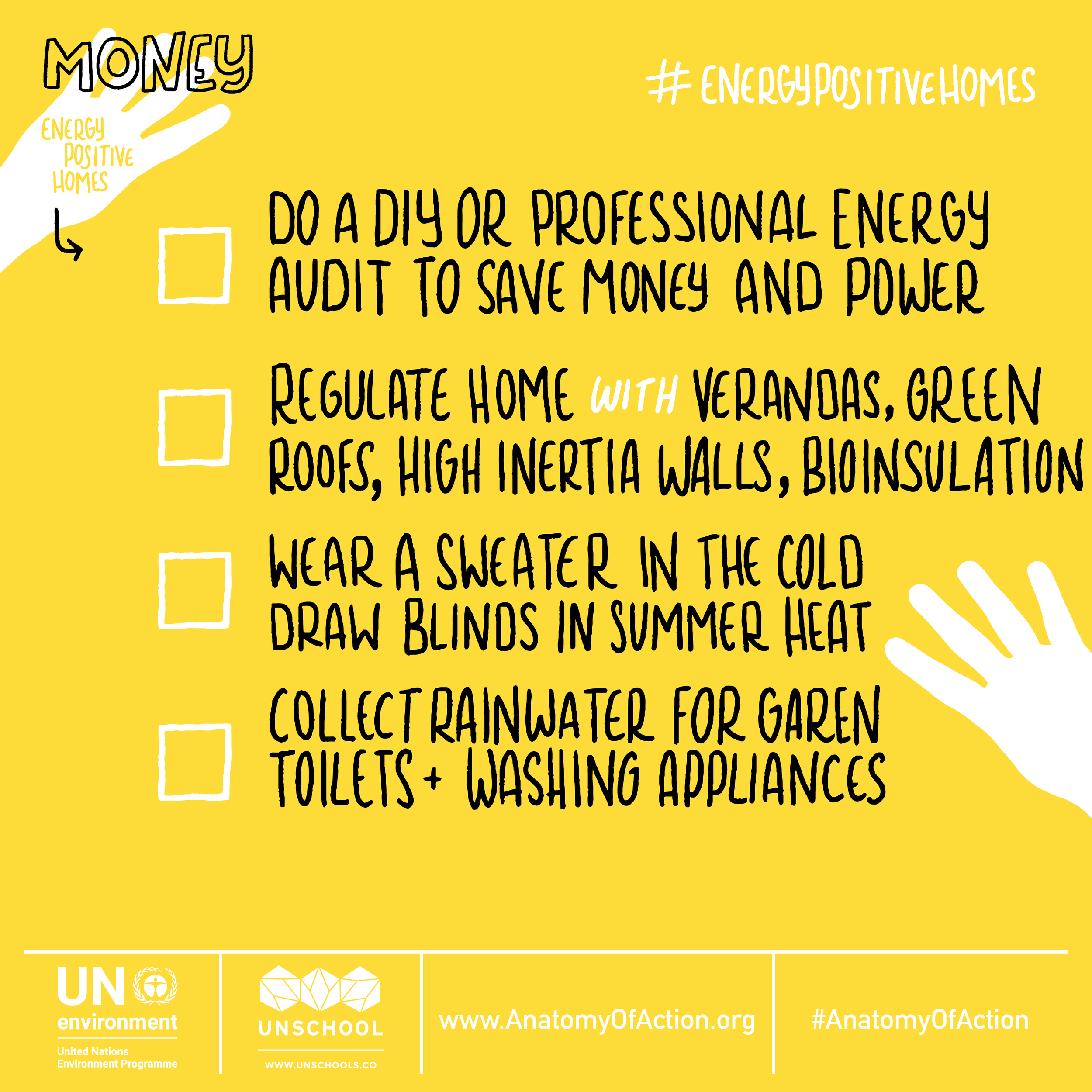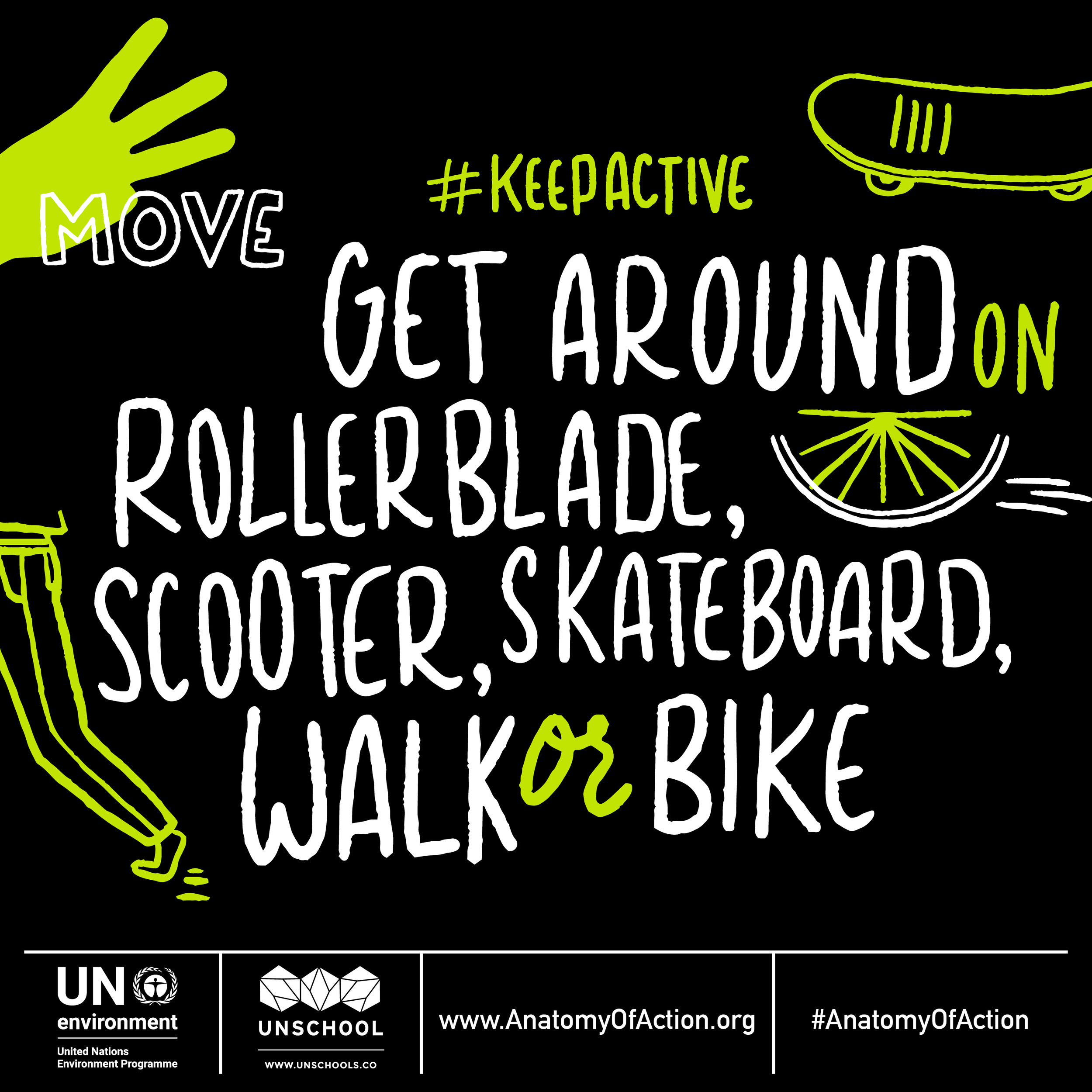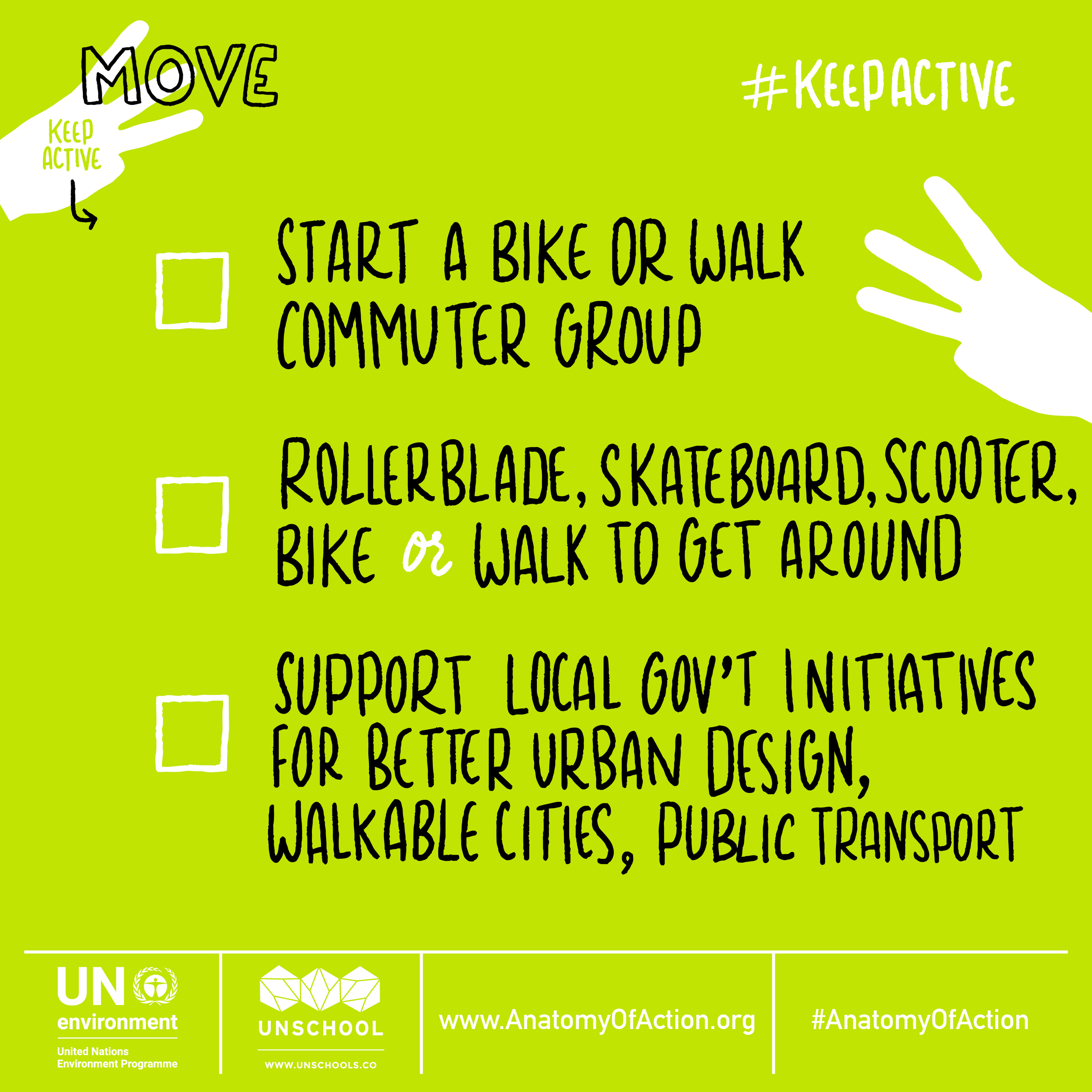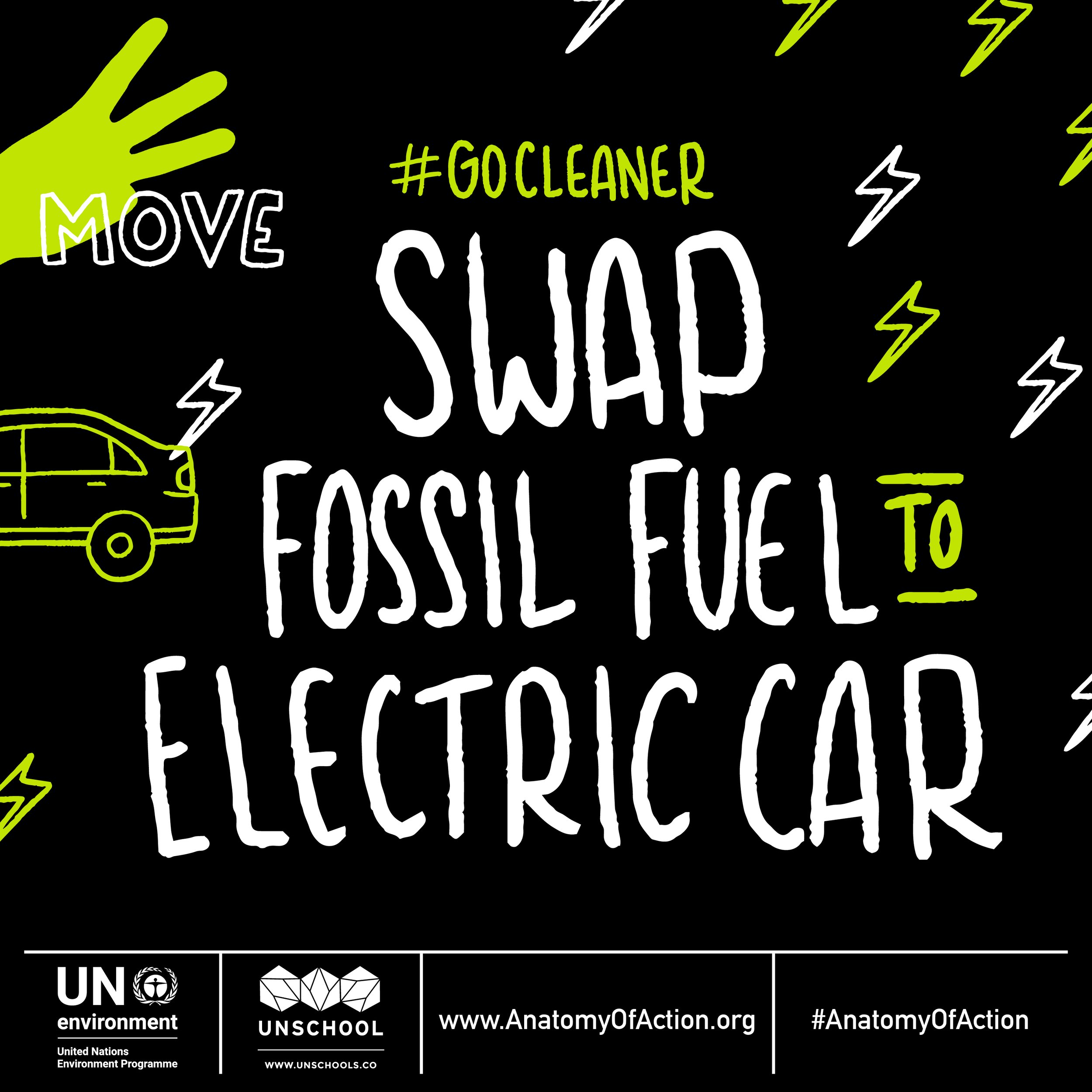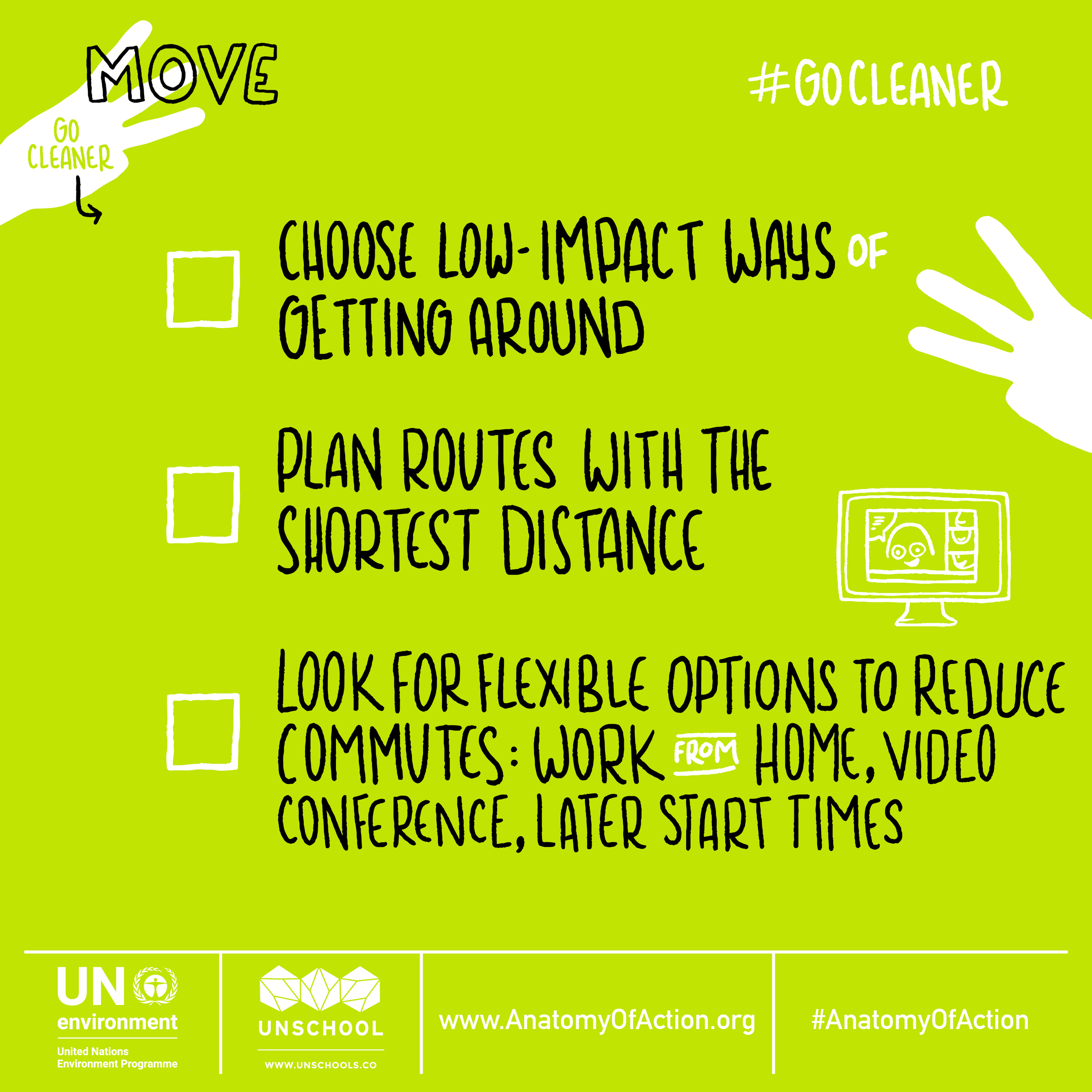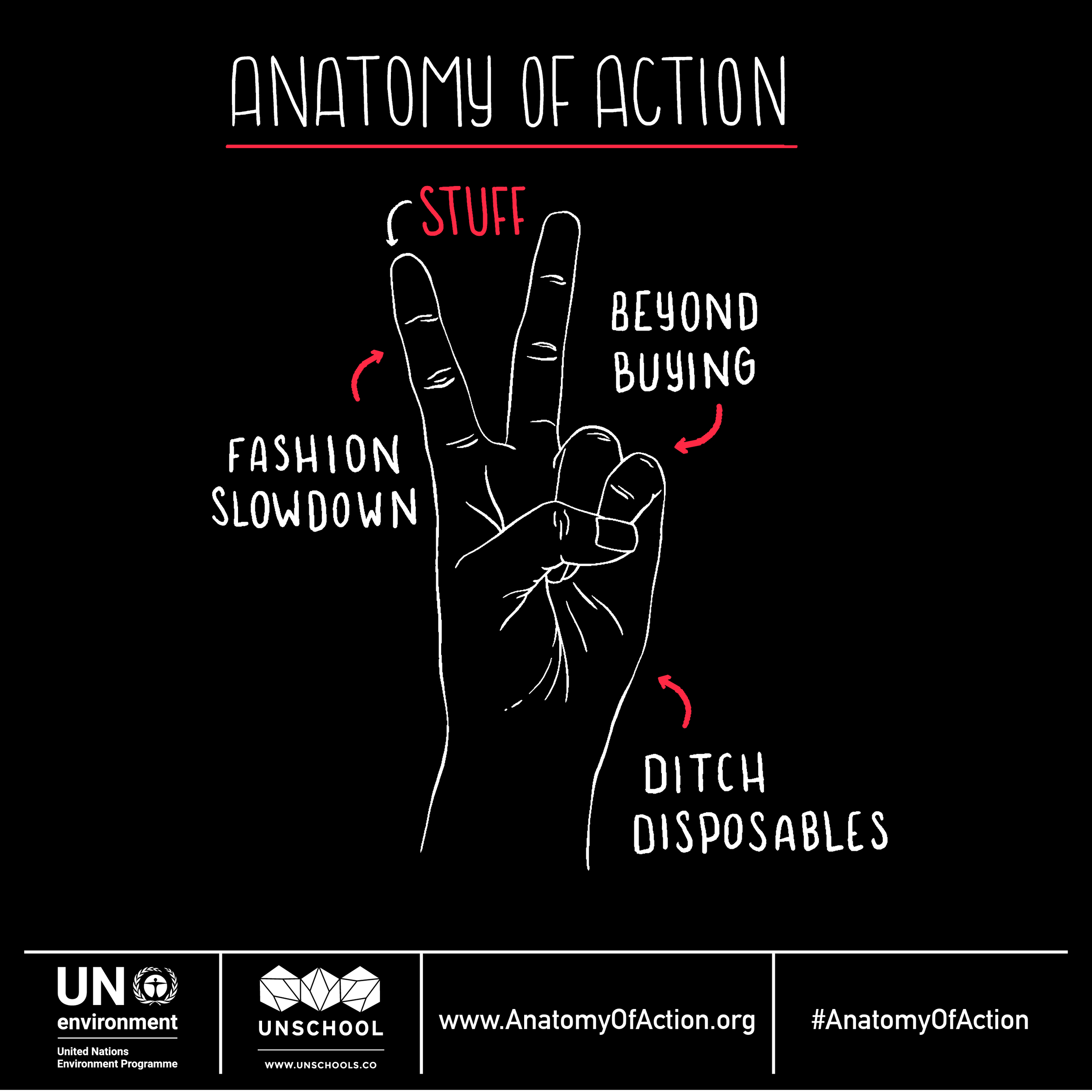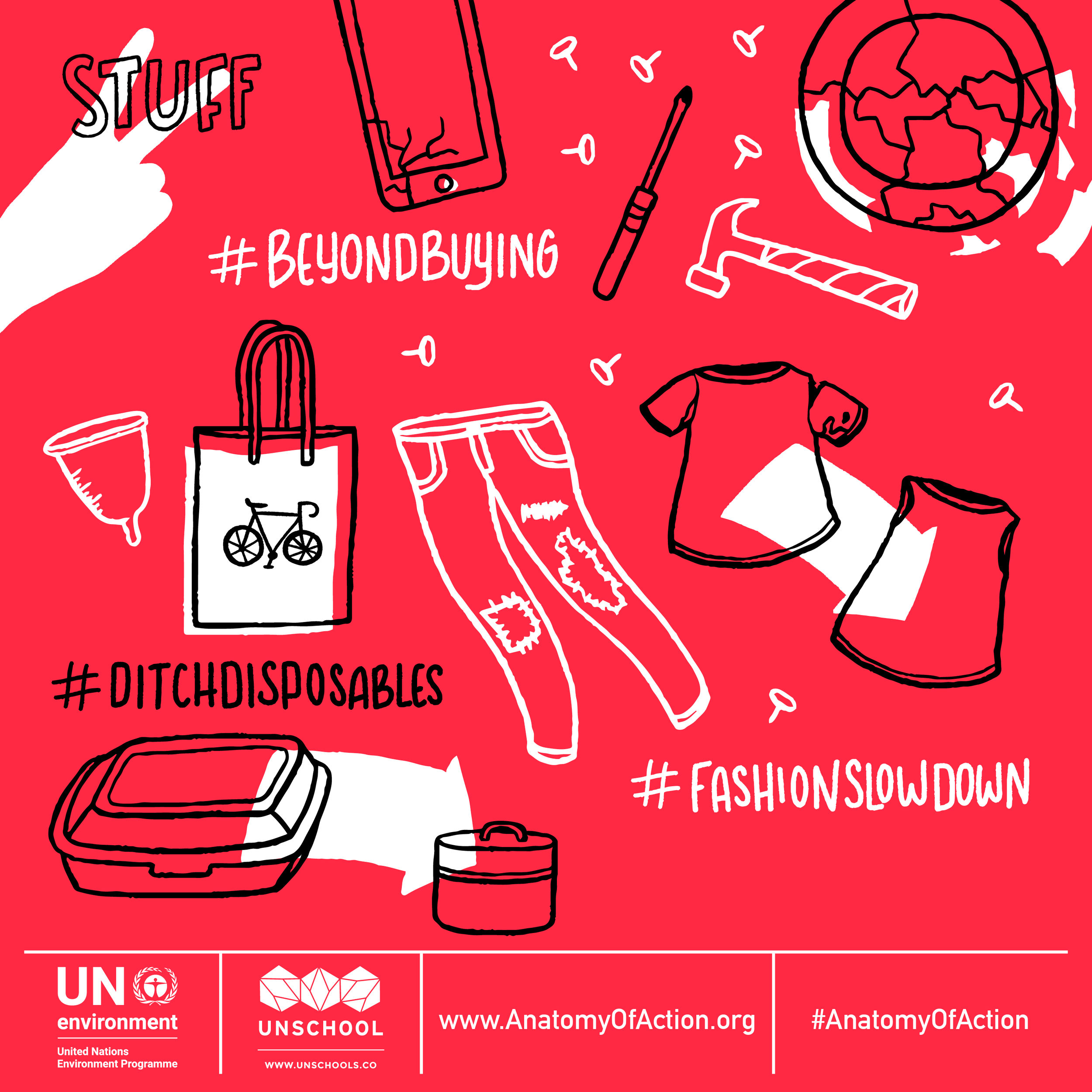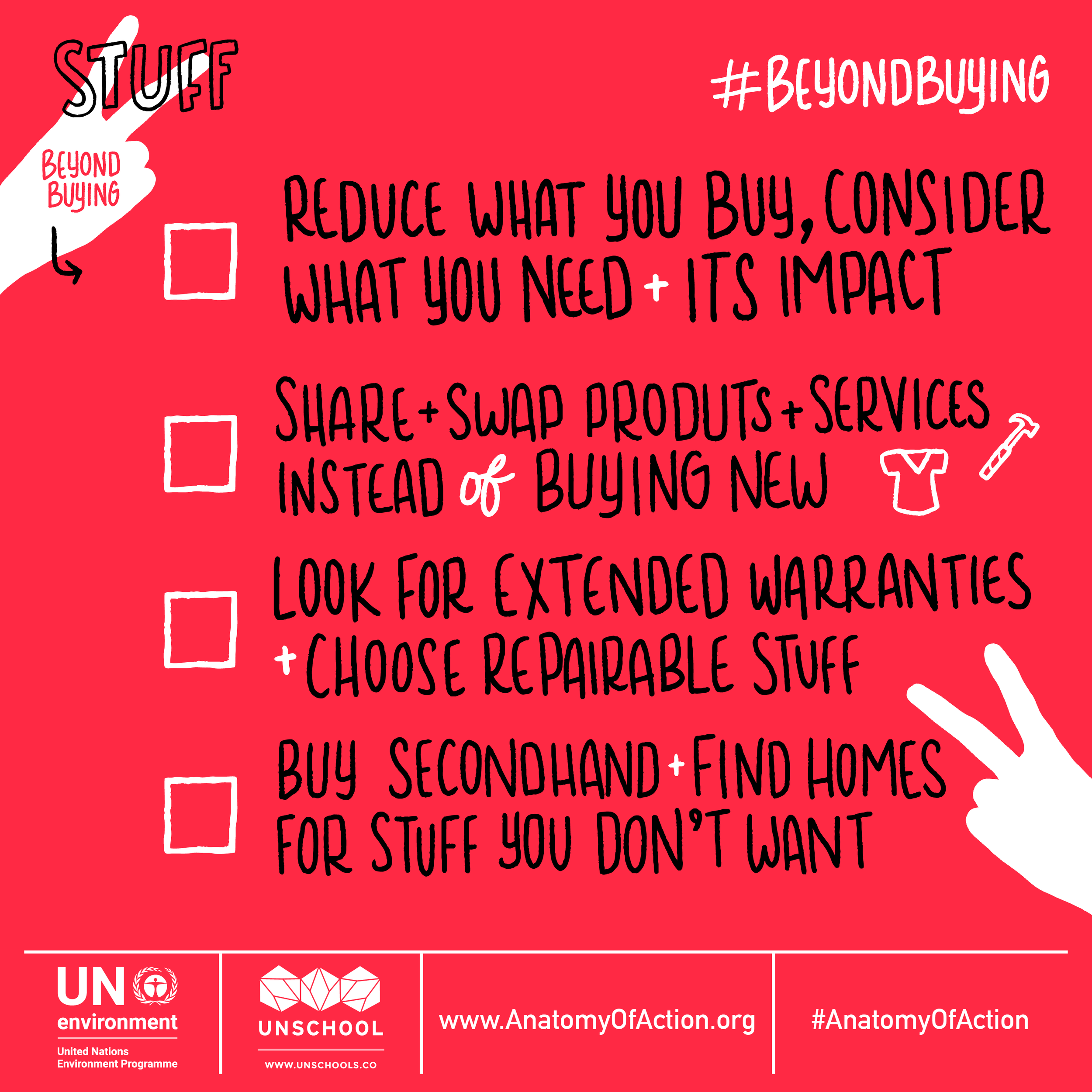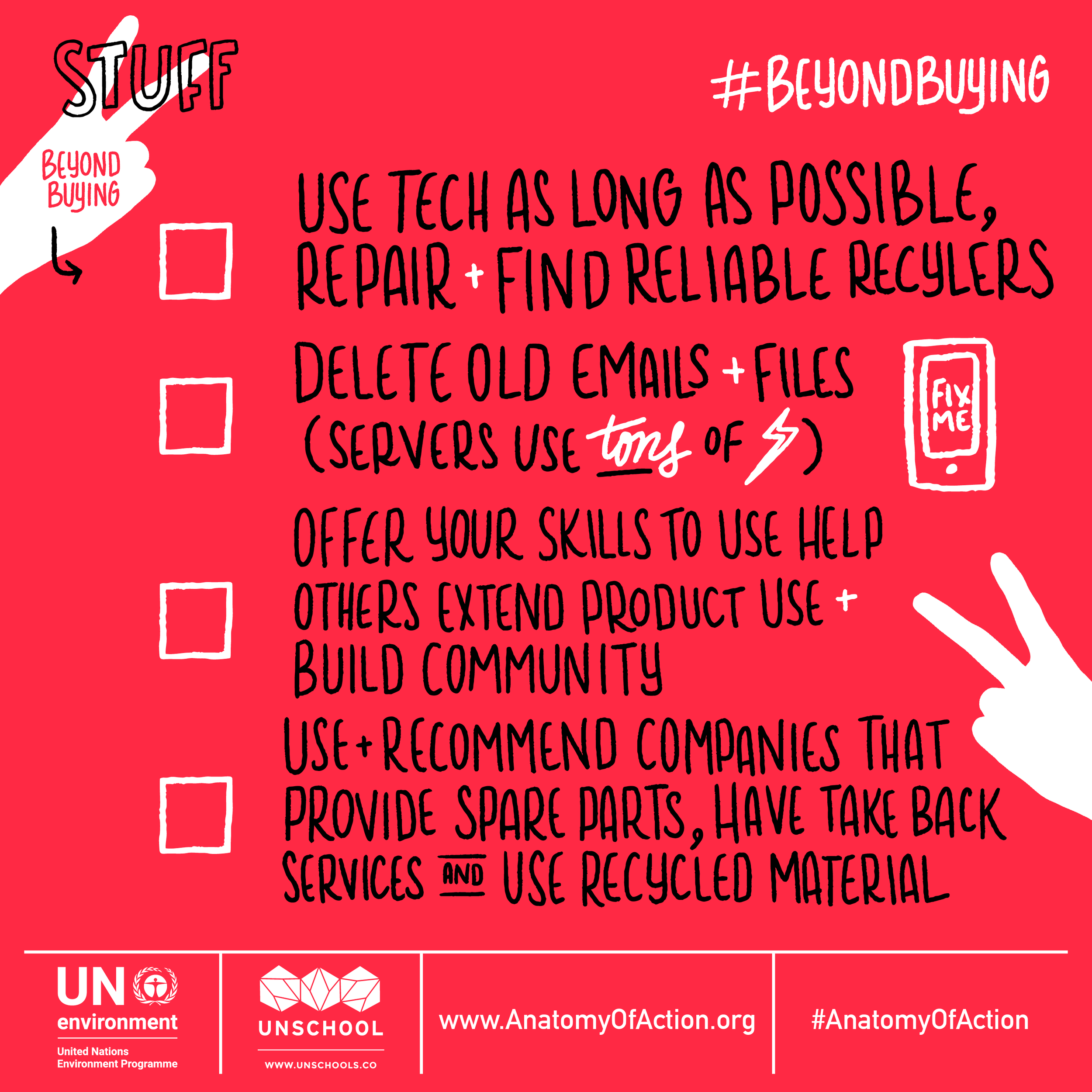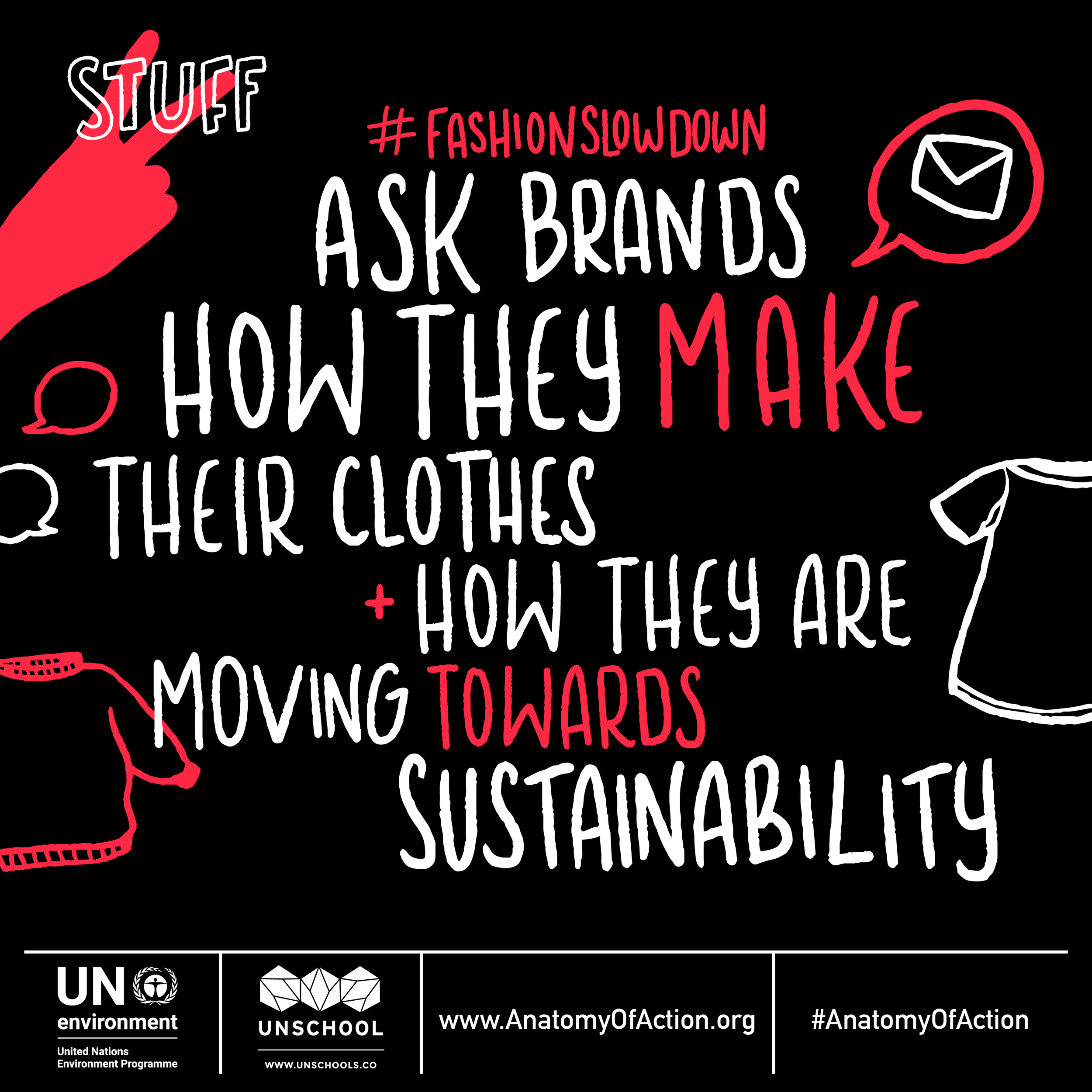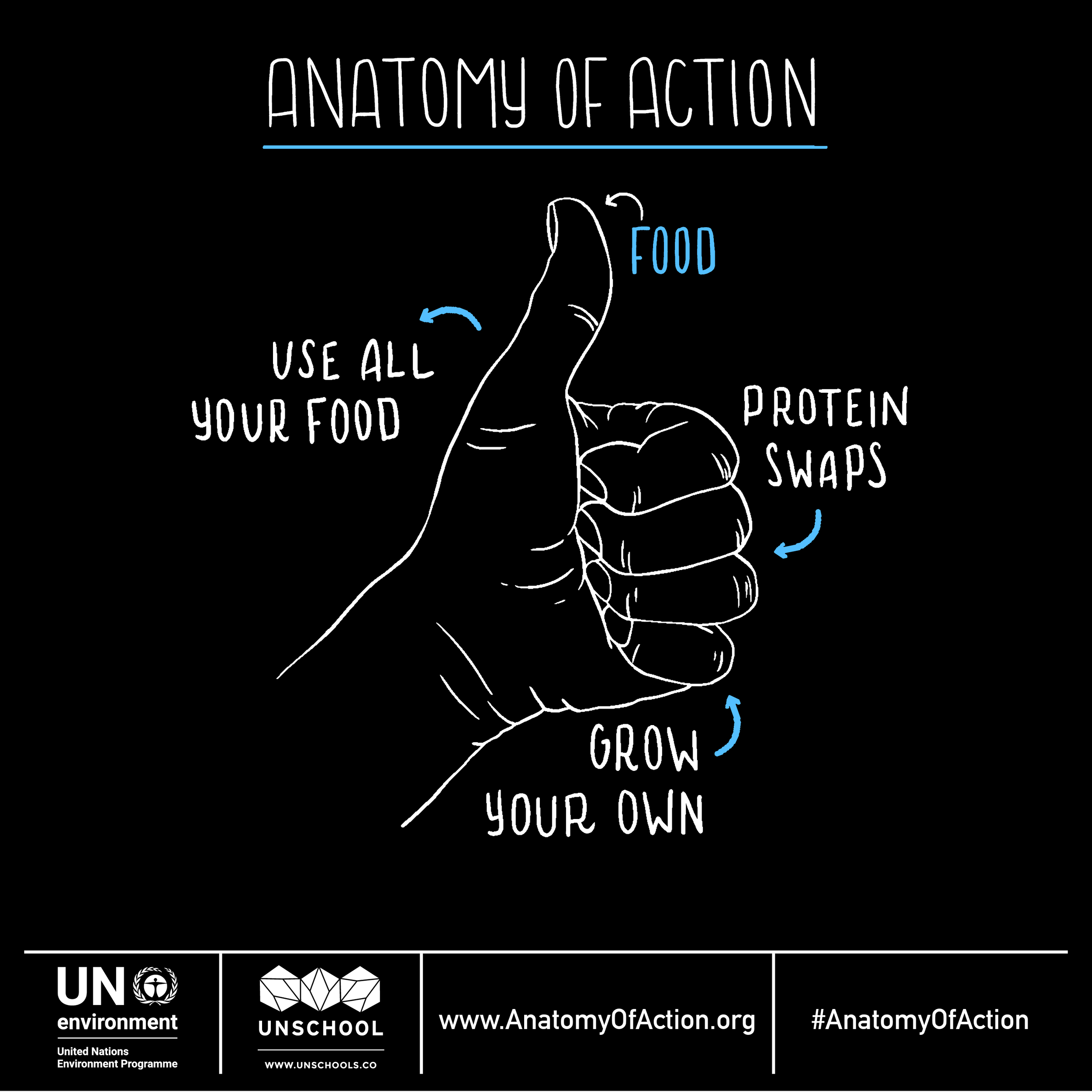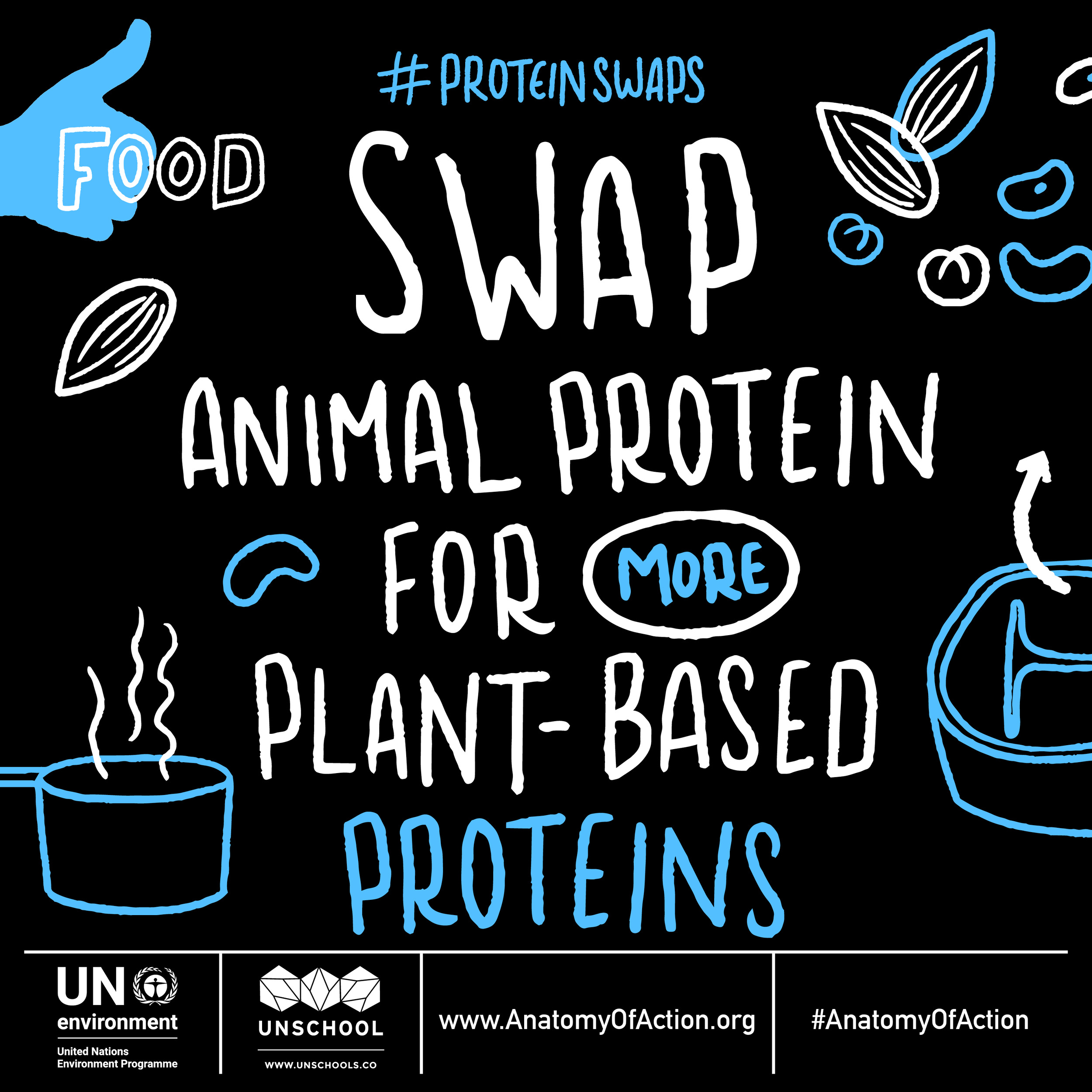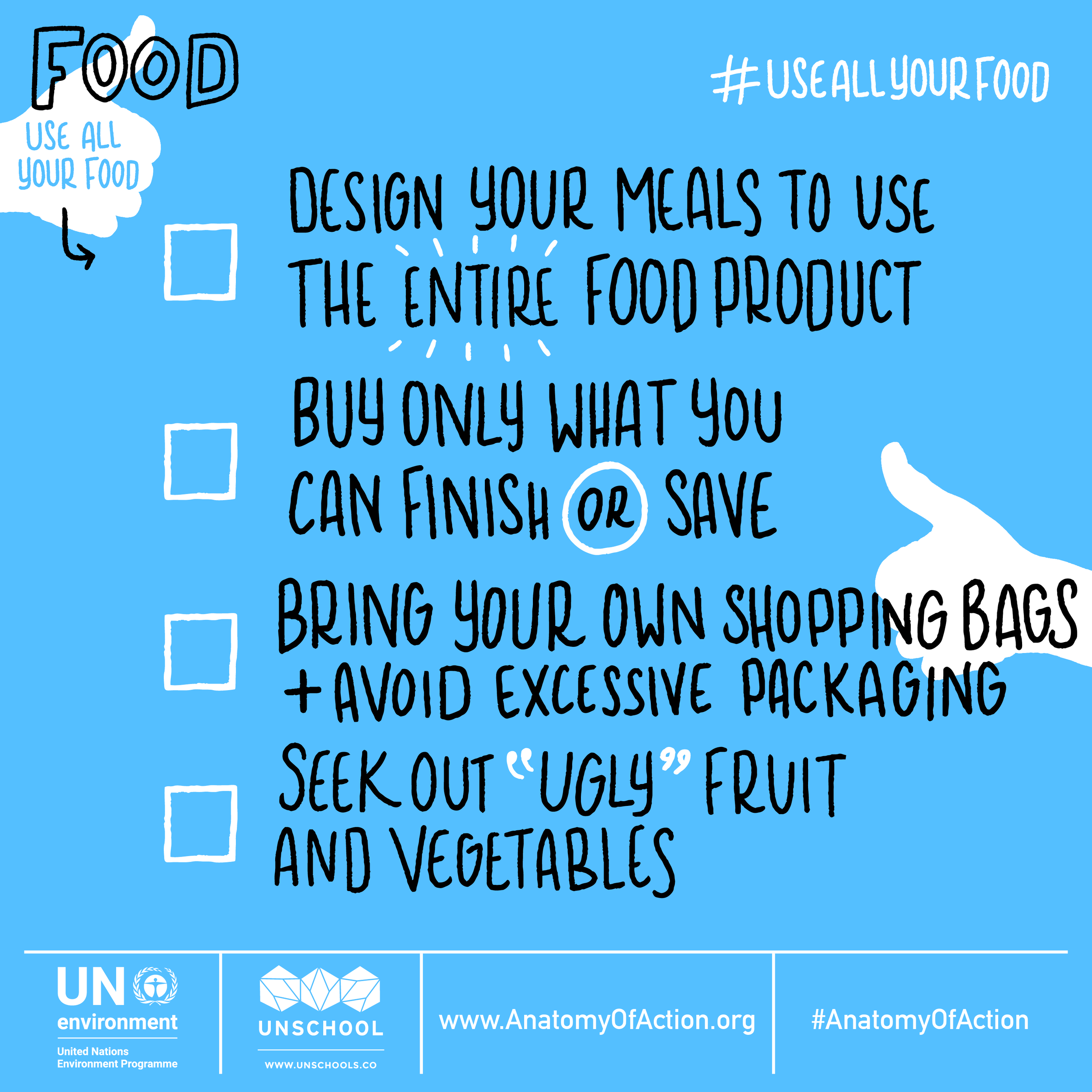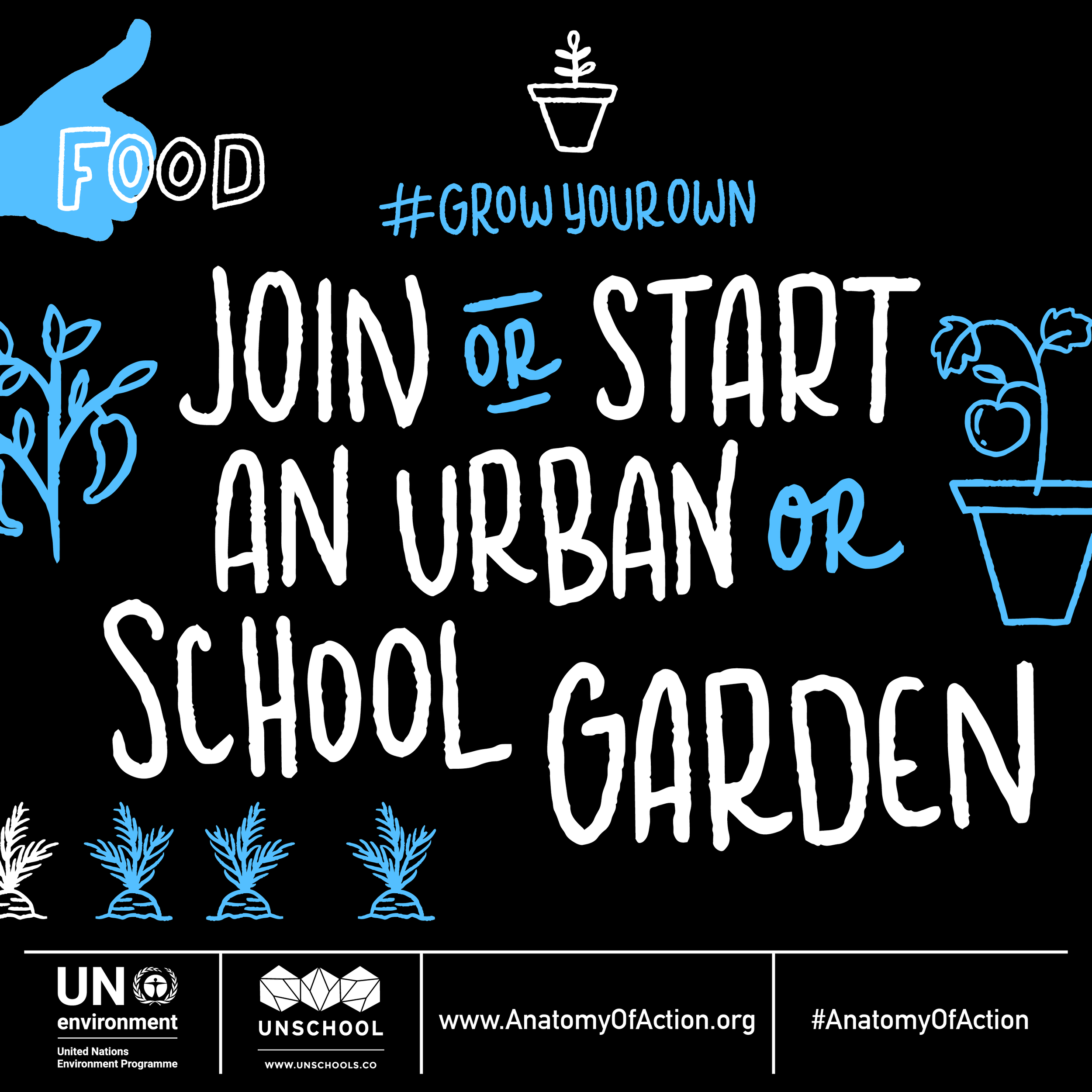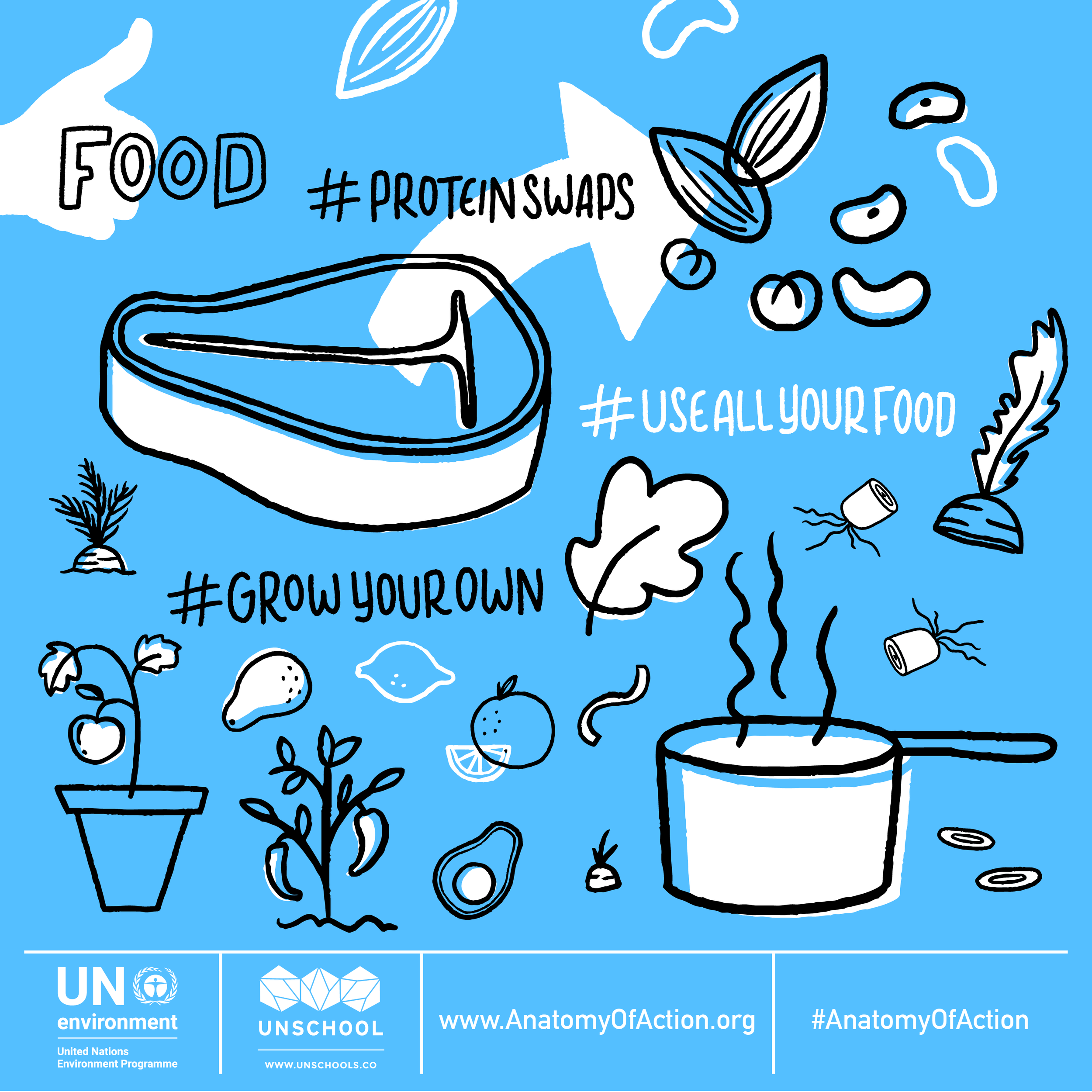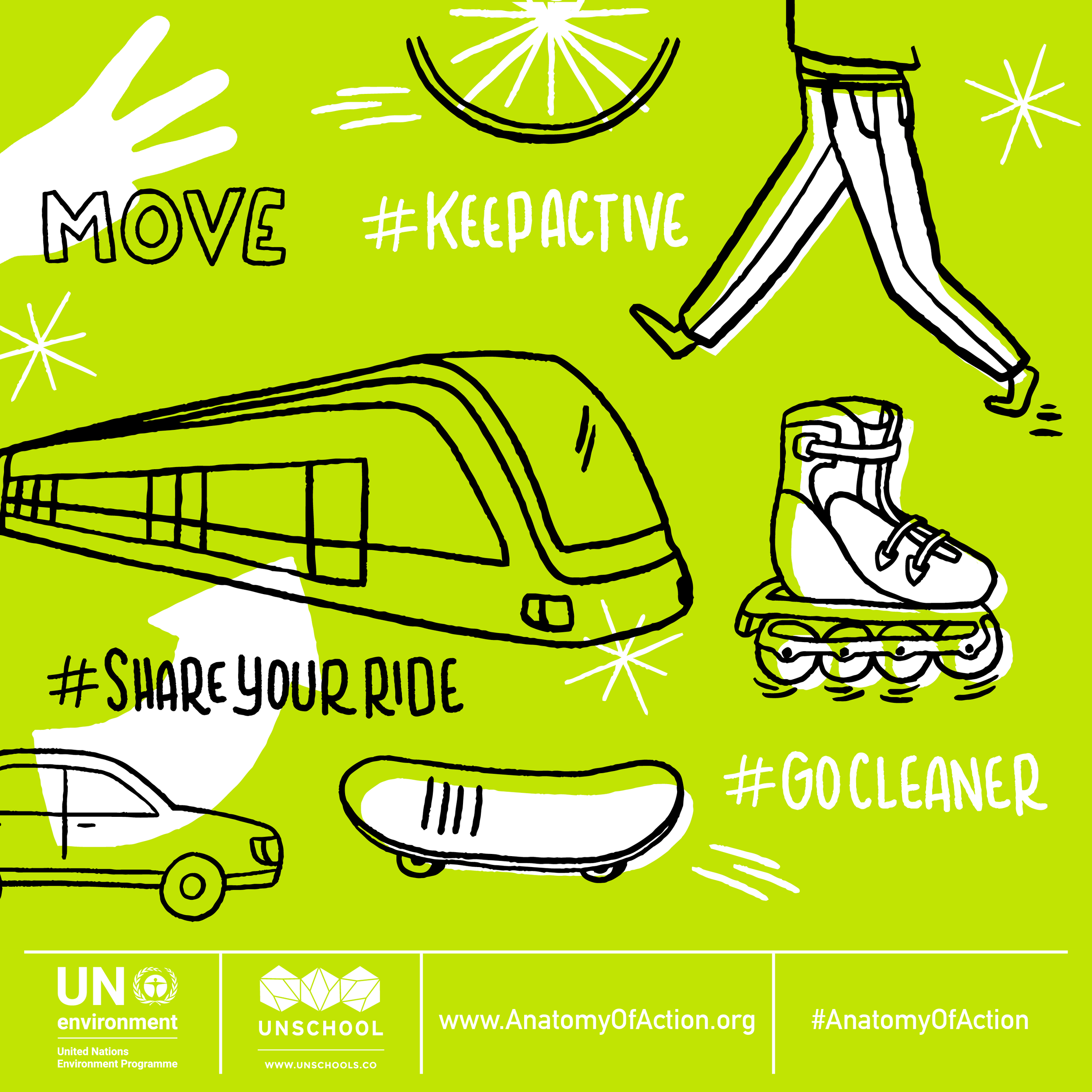By Leyla Acaroglu
Over the years, my team and I have created a range of free, open-access toolkits to support change-makers in adopting the skills needed to help transform the global economy into a circular and sustainable one by design.
Here I have assembled some of my favorite ones and a list of what we have created for anyone wanting to get started on activating change for free!
Through my design agency, Disrupt Design, my small team and I take commissions to make tools and self-initiate our own designs to help make change, wherever we can we get our clients and collaborators to allow for 20–100% of the content to be free and open access. We ourselves are committed to having a minimum 20% of our content open-source and free for all.
Many of these toolkits would not have been made possible without the financial support of forward-thinking companies and organizations who see the value in creating beautiful and accessible content. So thanks! And if you are one of them, reach out to see what great things we can create together!
The Circular Classroom
We collaborated with the Walki Group, Co-Founders and the Finnish Education System to develop engaging and practical in-class resources on the circular economy, sustainability and creativity.
The Circular Classroom is a free, trilingual (English, Finnish + Swedish) educational resource for students and teachers alike. It is designed to integrate circular thinking into high school classrooms, all packaged up in a fun, beautiful format of video and workbooks.
The intention behind the project is to support young people in recognizing the exciting opportunity that redesigning products, services and systems have for the future, for exploring how their engagement with the world today impacts the future, and for supporting their decisions around future professions.
This commissioned project is designed to activate the circular economy in Scandinavia. The 3-part circular education program for high school students is available for free online in English, Finnish and Swedish. It is designed to be integrated into the Finnish high school curriculum, and is applicable globally.
The interactive video series and workbook toolkits includes an Educators’ ‘How To’ manual, as through our discovery workshops, we learned that students were very interested in this information, but the teachers felt they didn’t have the knowledge base to deliver it. This program is designed for co-learning between students and educators and includes 15 interactive educational activities.
Circular Redesign Workshop Toolkit
The Circular Economy Workshop Redesign Toolkit was inspired by years of running workshops with companies and organizations that want to embrace sustainable design, life cycle thinking and the circular economy.
We developed this over time when needing our own workshop facilitation tools, and then decided to put it together with instructions and make it open source so others can facilitate their own!
Download the full toolkit here >
The Anatomy of Action
A collaboration with the United Nations Environment Program, this project’s ambitious goal was to make sustainable living irresistible. To do this, we identified academically-validated lifestyle actions that will make a measurable change when amplified across communities.
A year-long research study we conducted resulted in 5 key areas of impact and recommendations, which we turned into a momentum-building mixed media campaign called the Anatomy of Action.
This open-source project includes three videos, a downloadable toolkit to custom adapt to the local context, 350+ social shareable hand-drawn graphics, a 150-page data validation report, and a custom website. Within 15 days of the launch (still ongoing), there were 19k views, 3,500 toolkit downloads and 100+ countries who engaged, translating the graphics and data into multiple languages.
Post Disposable Activation Kit
Your everyday actions can help to seed a movement that will dramatically and quickly reduce the massive environmental and social burdens that disposability has led us to, and help activate a global shift to a future that has positive outcomes for the entire planet.
This requires all of us to embrace #POSTDISPOSABLE change! We have created a set of free tools to help you activate your leadership and make lifestyle shifts for a post disposable future! Become a citizen designer and help activate positive change now. Available in Spanish, Hindi & English.
Superpower Activation Kit
When I was named Champion of the Earth by the UN in 2016, we were inspired to create a toolkit of the everyday actions we can all take to activate our agency for a sustainable and just planet. That's how the Superpower Activation Kit was born!
We put together this toolkit of everyday superpowers so every active citizen of the world who wants to participate with more purpose in the construction of the systems around them can do so. The 12 powers are based on a wealth of scientific data in our Disruptive Design Method, and the toolkit provides practical advice on how to activate them.
Change Makers Lab Card Game
As part of our 20% open source content policy, we have designed a fun hands-on toolkit that shares a series of activities designed for the Change Makers Lab created for SEAC Thailand.
In this pack you get a full card game pack in Thai and English as a series of over 21 games to play with them focused on sustainability, systems thinking, active citizenship and making change.
Disruptive Design Workshop Facilitation Kit
Expanding upon our skillset in experiential education and transformative change, we created this 65-page digital toolkit for Oxfam Asia. The guide was designed after a two-day Disrupt Design Activating Equity and Digital Activism workshop in Bangkok with Oxfam, along with 40 invited creative and media partners.
The goal was to create a step by step guide they could use within Oxfam to run workshops that help them design more effective campaigns to move people from knowledge to action. Chapters cover everything from ethical research to stakeholder engagement, systems mapping and creative communication decisions.
QUICK LINKS TO CONTENT
Circular Classroom (Finnish collab)
Anatomy of Action (UN collab)
UnSchool Open Source Kits & Classes
Disrupt Design Medium
UnSchool Journal
Fellowship Journals
Intro to the Disruptive Design Method
The ChangeMakers Lab Gard Game Kit
The Circular Classroom
The Post Disposable Activation Kit
Circular Economy ReDesign Workshop Kit
Superpower Activation Kit







